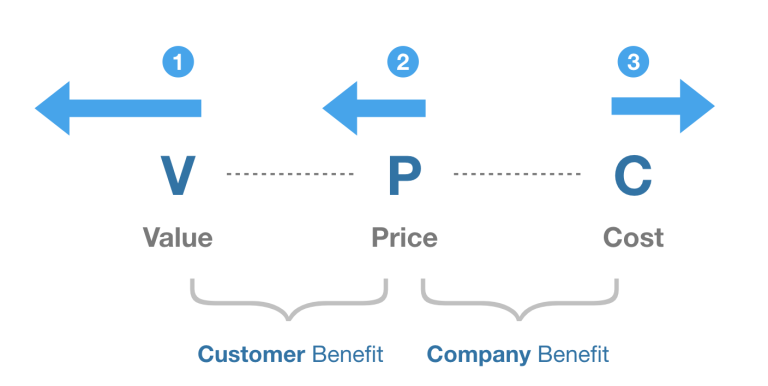B2B Pricing
Updated: Jul 18, 2020 at 10:53pm
Created: Jul 11, 2020 at 2:59am
Created: Jul 11, 2020 at 2:59am
"No single decision will impact the valuation of your company more than pricing."
- [[Ben Horowitz]]
[[VPC Framework]]

Definitions:
- Value: This is the value your offering is creating and delivering to customers.
- Price: This is the price you charge and customers pay for to acquire or use your offering.
- Cost: This is the cost of creating and delivering your offering to the customer.
Read more here: [[VPC Framework]]
Pricing Considerations
- Pricing model of the market leader defines the overall market size. This drives the valuation of the companies.
- If an industry/company has certain key components that drives COGS(Cost of goods sold) — e.g. server costs for cloud infrastructure companies), transactional fees paid to telcos or financial institutions — these also drive overall gross margin, which impacts the valuation of the companies and its ability to invest back into the company's R&D and growth.
- Entrepreneurs/people often think lack of traction = price is too high
- Often, the problem is: market is not ready, or lack of product-market fit, or customer hasn’t been fully sold on value
- Sales team will also mention pricing as a reason for underperformance, but look at the attainment data, win/loss ratio, lost reasons, etc. to understand if it really is a pricing issue. More often than not, it's customer not sold on value, and sales enablement/training that needs more execution.
- If you are in a highly competitive and less differentiated, therefore a commodity selling business, downward pressure on pricing will be real. Figure out a way to differentiate (increase "Value" on the VPC framework) to escape a slow death. Leading companies' economy of scale and distribution channels can completely kill many smaller companies who are stuck in this situation.
- To build a pricing model, you have to work backwards. What’s the go-to-market motion (e.g. direct sales, inside sales, self-service, etc.), what’s the target gross margin.
- Understand what buyers are comparing/anchoring your products with. What is the total value you are creating? What is the opportunity cost of customers not buying your product? Total cost of ownership analysis can be helpful. Do they need to hire 3 people do build this? Are there any other vendors that offer something similar at a higher or lower price? Are you uniquely differentiated? Is there a strong desire/scarcity/emotional element associated with your product or is it more of a utlity offering?
- If possible, start with a single pricing option (the highest) and get customer feedback. As the market matures, you can offer lower-end versions at a discount. But should run a market expansion vs. cannibalization analysis prior.
- Simplicity goes a long way early on (vs multiple-consumption models)
- Market is really good at finding lowest pricing points, so you start becoming your worst enemy as soon as you start doing that (multiple-SKUs with different pricing models)
- The best way to find pricing point is not through market research, but through actual selling and customer feedback.
Guides and Tips
- Sequoia Capital - Pricing Your Product
- a16z - Going to Market When No Market Exists [from 4:23 to 13:42]
- OpenView - Mastering SaaS Pricing
🖇 1 Linked Node
• Home

